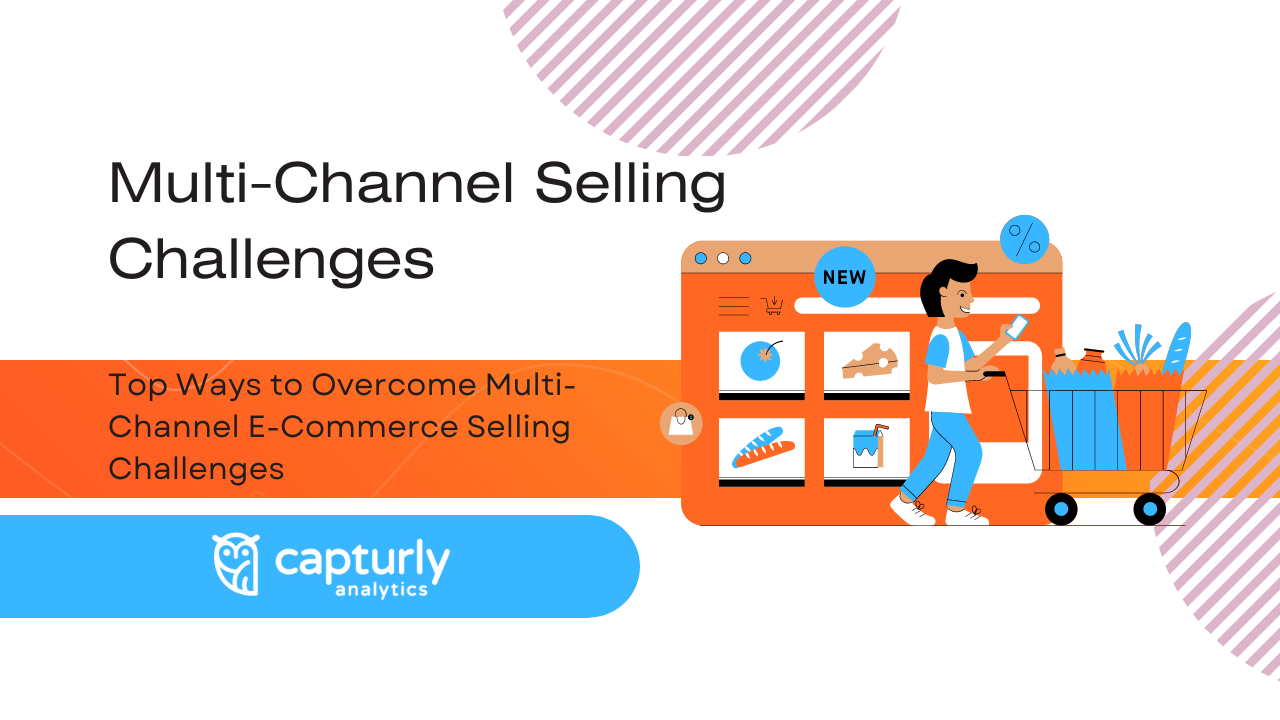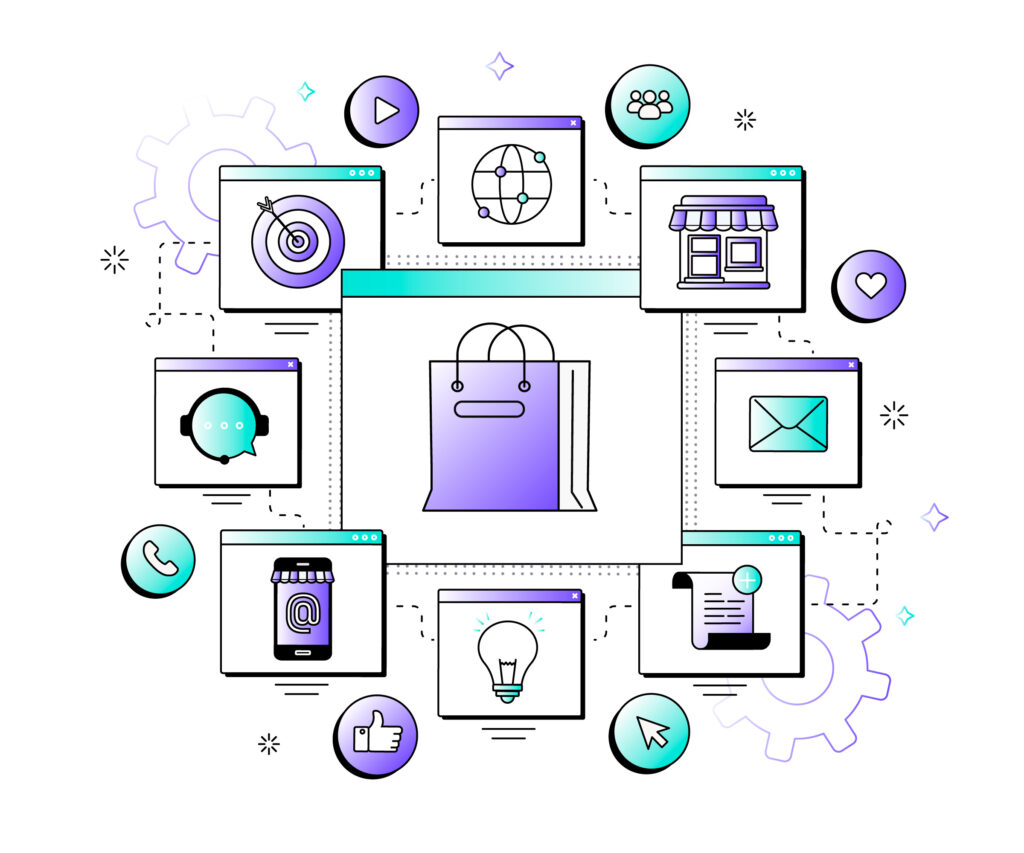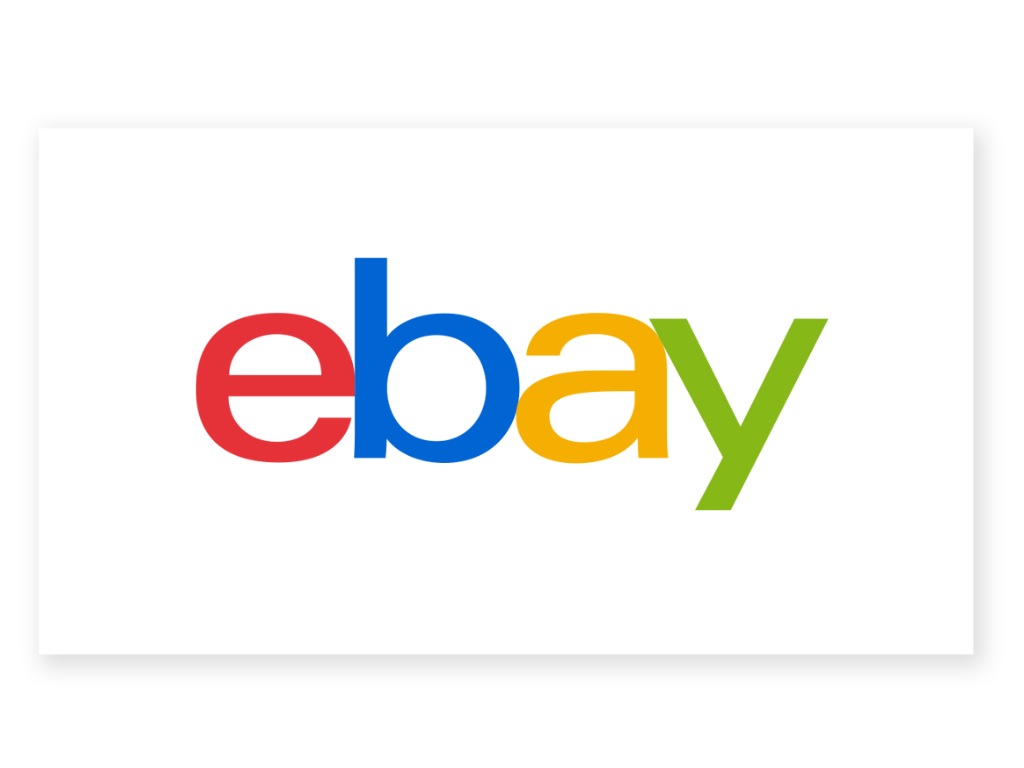Are you considering expanding your E-Commerce business to multiple channels? While a multi-channel approach can open up new opportunities for growth and revenue, it also comes with its fair share of challenges. To succeed in the competitive landscape of online retail, you must be prepared to address these challenges as they arise.
In this blog, we’ll explore some of the most common challenges that E-Commerce businesses face when implementing a multi-channel selling approach. We’ll also provide tips and insights to help you overcome these obstacles. Additionally, this blog discusses the benefits of outsourcing multi-channel e-commerce management services.
Table of Contents
Challenges of Multi-Channel E-Commerce Selling
Selling your products on multiple channels can be a highly effective strategy to expand your business’s visibility, increase reach, and engage more of your target audience. But, it will only be effective if you understand the obstacles in the way and prepare for them in advance.
Here are a few proposed solutions.
Inventory Management
Selling on multiple channels can significantly expand your online reach, but it can also bring a variety of inventory management challenges.
- When sales are made on multiple platforms simultaneously, it’s essential to have accurate inventory data on each of those platforms to avoid overselling and stockouts.
- With different marketplaces having their own inventory management systems, it can be challenging to ensure that product availability is updated across each channel in real-time.
- Managing returns and exchanges from multiple channels can also be complicated, requiring extra attention and organization to handle them efficiently.
Solution
Utilize inventory management software to track inventory levels across channels and automate reordering to avoid stock-outs or overstocking.
Order Fulfillment
Order fulfillment is easier when your primary source of sale is one platform/channel. When you start adding more channels into the mix, you have to be ready to scale.
Selling on multiple channels can complicate order fulfillment.
- Managing orders from different platforms is challenging because each may have a different order management system.
- Coordinating shipping and handling across multiple channels requires careful organization and precise tracking.
- Keeping track of order status and updating customers consumes a lot of time.
Solution
- Use a multi-channel order management system to manage orders from different platforms in a single place.
- Using shipping software that integrates with multiple channels and provides a unified view of all shipments can help streamline the process and reduce errors.
- Invest in customer relationship management (CRM) software. CRM software can help you to keep track of customer orders, and it can help you to provide customers with updates on their order status. This can help you to improve customer satisfaction and retention.
Listing Management
You may face several listing-related challenges when selling on multiple channels, especially if you have a large number of products. Here are some of them:
- Maintaining accurate and consistent product information
- Managing different requirements, formats, and constraints for uploading product information on each channel
- Understanding the advertising platform and bidding strategy of each platform
- Updating product pricing across all platforms
- Keeping branding and messaging consistent across different channels
Solutions
- Use a centralized inventory management system to keep track of product information across all channels.
- Use a listing management tool to create and manage product listings across multiple channels so you can comply with the listing format requirements of each channel
- Use a pricing automation tool to help you to update product prices across all channels simultaneously
- Use a content management system (CMS) to create and manage your content across all channels while keeping the branding consistent
Compliance with Channel-specific Regulations
Each channel may have its own set of regulations and requirements, which can be difficult to navigate. For example, Amazon has strict guidelines for Amazon product listings, while eBay has specific rules for seller performance.
Solutions
Stay up-to-date with the latest regulations and requirements of each channel and implement strategies to comply with them.
Customer Service
When you sell on multiple platforms, you’ll have to deal with customer service issues on all of them. Customers may have inquiries or issues that require prompt attention, and responding to them can be time-consuming and resource-intensive.
It can be difficult to be available on each site 24/7 for the customers, especially when inquiries and issues come from multiple channels. Another challenge is ensuring customers receive accurate and consistent information across all channels about products, shipping, returns policies, etc.
Solutions
- Use a customer relationship management (CRM) system to manage customer inquiries across all channels.
- Create a customer service policy that outlines your company’s approach to customer service. This policy should be consistent across all channels.
- Train your customer service team on how to handle customer inquiries across all channels. This will help to ensure that your customers receive consistent service, regardless of which channel they use to contact you.
Return Management
In addition to responding to inquiries, you may also need to resolve customer issues, such as order cancellations, returns, or refunds. Each sales channel may have different policies and procedures for handling these issues, which can add to the complexity of the customer support process.
Solution
To manage returns effectively, develop a clear return policy that outlines 0the timeframe for returns, the condition of the product required for a return, and the refund or exchange options available to the customer.
Analytics
Measuring and analyzing performance across multiple sales channels can be difficult due to the following reasons.
- Fragmented data due to different analytics tools and reporting systems on each channel
- Difficulty in tracking sales and performance metrics across different platforms
- The time-consuming and complicated process of compiling and analyzing data from multiple sources
- Limited visibility into the effectiveness of marketing efforts and sales strategies across multiple channels.
- Difficulty in integrating data from multiple platforms into a single, comprehensive view of the business
- Lack of standardized metrics and terminology across different channels.
- Potential for inaccurate data due to differences in the way data is collected and reported on each channel.
Solutions
To overcome these challenges, you should consider investing in data integration and analytics tools that can consolidate data from multiple channels and provide a comprehensive view of your business. You can also attempt to standardize metrics and terminology across all channels and create a data-driven approach to analyze performance and make informed business decisions.
First and foremost, it’s crucial to optimize your own website. For many multi-channel e-commerce vendors, their primary website continues to be their most significant revenue source. As a result, it’s essential to ensure that your website is as polished and effective as it can possibly be. Leveraging a behavioral analytics tool like Capturly is one way to achieve this.
Take advantage of features such as session replays, heatmaps or ask your customers with email surveys to identify and address any bugs or issues that could potentially stand in the way of your success. These tools provide valuable insights and can help you fine-tune your website to deliver an optimal user experience and boost your revenue.
Why Should You Outsource Multi-Channel E-Commerce Management Services
We just discussed the ways in which managing a multi-channel e-commerce business can be challenging. While we also shared a few solutions to handle them, it can be difficult to do it all single-handedly, especially when trying to scale the business. So, you can either choose to maintain an in-house team or outsource the task to a reputable company to save costs and increase profitability.
In-house teams offer direct control and customization but can be costly and time-consuming to build and maintain. Outsourcing to a multi-channel e-commerce support service provider can save time and money, and give you access to a team of experts. Here are its key advantages:
- Expertise and Experience: Access to professionals with knowledge and experience in managing various channels results in efficient operations across all channels.
- Improved Efficiency: Outsourcing frees up businesses to focus on core competencies, resulting in increased productivity and efficiency.
- Scalability: Professional providers offer scalable solutions to accommodate businesses of all sizes and support business growth.
- Cost-effective: Outsourcing saves overhead costs associated with in-house management, reducing errors and delays.
- Improved Customer Service: Professional support providers can manage customer interactions across all channels, providing efficient and timely responses to inquiries and concerns, resulting in improved customer satisfaction.
Top E-Commerce Channels Used by Top Brands (That You Must Also Try)
The most popular e-commerce marketplace that brands are leveraging for their online sales channels includes the following:
Amazon
Amazon is the largest online marketplace in the world, with millions of active buyers. Selling on Amazon can give your brand access to a large customer base, as Amazon has sold 564 million products in the USA alone.
Amazon also offers a range of advertising options for sellers, including sponsored product ads, sponsored brand ads, and display ads. These ad formats can help increase your visibility on the platform and drive more sales.
Walmart
Walmart Marketplace has rapidly grown in recent years. It has over 100 million unique visitors per month, making it a valuable sales channel for brands looking to expand their online presence. One of the important factors to sell on Walmart is that it offers a robust set of seller tools, including inventory management, order tracking, and reporting tools, which can help streamline their operations and make data-driven decisions.
Etsy
Etsy is a popular marketplace for handmade and unique items, and it has a large community of buyers and sellers. Brands that sell on Etsy can benefit from the platform’s targeted audience and strong branding around handmade and artisanal goods. Additionally, Etsy’s low fees and easy-to-use platform can make it a good option for small businesses or independent sellers.
eBay
eBay is one of the oldest and most popular online marketplaces. The average income of an eBay seller is $42,000, and some sellers make upwards of $70,000, showing the potential eBay gives sellers to make a living.
The platform operates in 190 markets worldwide, making it a valuable sales channel for sellers looking to reach a diverse and global customer base. One of the most attractive aspects of selling on eBay is that it offers a range of integrations with popular e-commerce platforms, making it easy to manage your eBay sales alongside other sales channels.
Conclusion
Expanding your sales channels to include multiple platforms can be intimidating initially, but the rewards for your business are worth it. While there are hurdles to overcome in multi-channel e-commerce, with the right guidance and an appropriate multi-channel marketplace management service partner, you can confidently adopt this lucrative approach and capture a substantial portion of the booming e-commerce marketplace.
Don't forget, sharing is caring! :)






